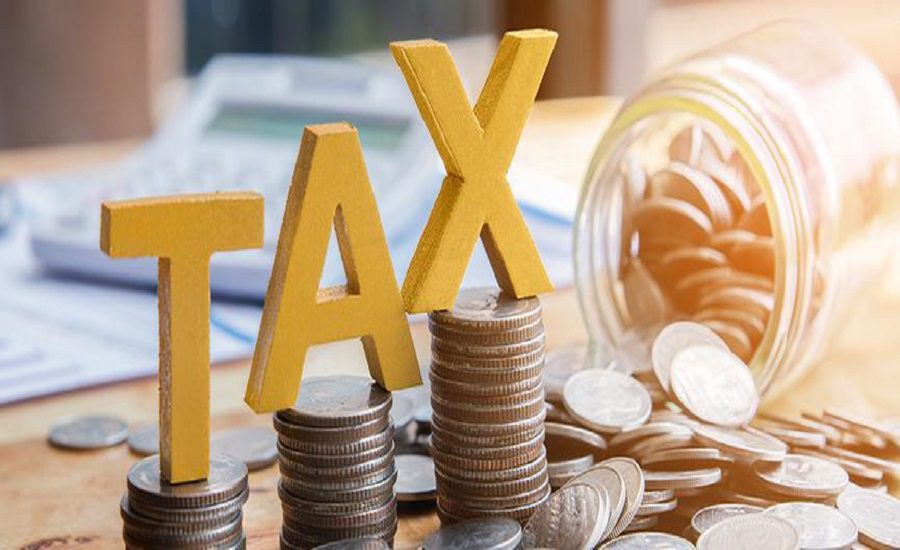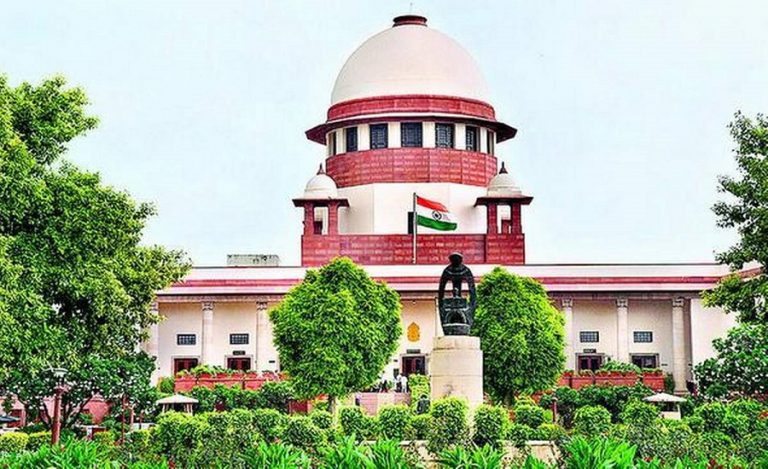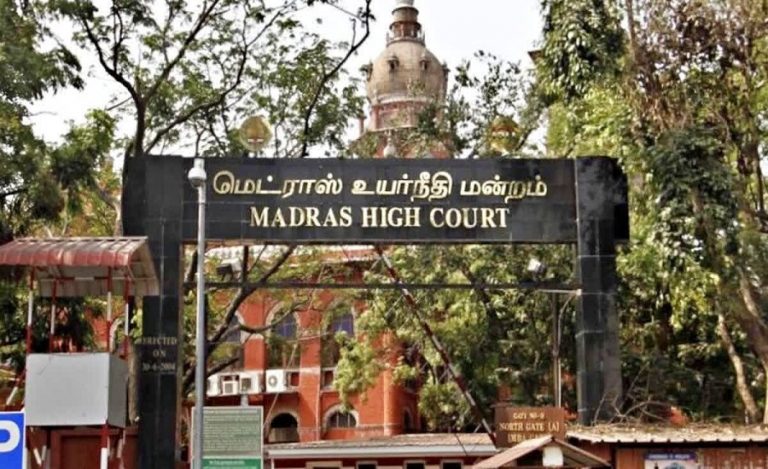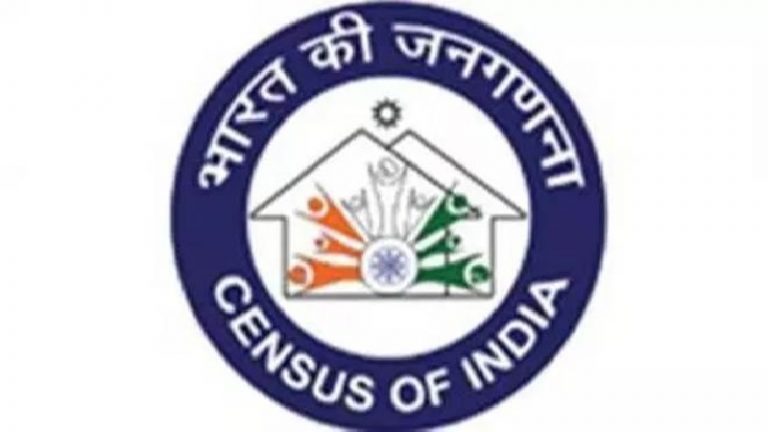New Delhi: The central government has set an ambitious target to collect over ₹4.18 lakh crore from cess and more than ₹1.72 lakh crore from surcharge in the current financial year (FY2025-26), according to a written reply presented in the Rajya Sabha by Minister of State for Finance Pankaj Chaudhary on Tuesday.
These figures reflect an 8% increase in cess collections and a 13% rise in surcharge revenues compared to the Revised Estimates (RE) of the previous financial year (FY25), which stood at ₹3.87 lakh crore and ₹1.53 lakh crore respectively.
What Are Cess and Surcharge?
Minister Chaudhary clarified that cess and surcharges are levied under Article 271 of the Constitution to meet the specific financial needs of the Union government. While cesses fund particular schemes like the Pradhan Mantri Gram Sadak Yojana or education initiatives, surcharges are typically imposed on income and corporate taxes to boost general revenue without increasing base tax rates.
However, unlike other taxes, revenues from cess and surcharge are not part of the divisible pool of taxes, and are not shared with the states. This often draws criticism from states seeking a larger share in central revenues.
“The proceeds of such surcharge and cess go toward meeting certain specific needs such as financing of Centrally Sponsored Schemes. The benefits of such expenditure also percolate to states,” Chaudhary noted.
Breakdown of Active Cesses
As per the information tabled in Parliament, 8 different cesses are currently operational. These include:
- Agriculture Infrastructure & Development Cess
- Cess on Crude Oil
- Cess on Exports
- GST Compensation Cess
- Health Cess
- Health and Education Cess
- National Calamity Contingent Duty (NCCD)
- Road & Infrastructure Cess
These levies contribute significantly to the Union’s revenue collection and are often earmarked for sector-specific investments.
Surcharges on Income, Corporate Tax, and Customs
Surcharges are also applied selectively, notably:
- On personal income tax (above specified thresholds)
- On corporate income tax
- Social Welfare Surcharge on customs duties
The government’s increased reliance on surcharge revenue is viewed as a way to boost funds without amending tax slabs or increasing base rates.
Read Also: India’s Direct Tax Collection for FY 2025-26 Reaches ₹6.64 Lakh Crore
Implications for States and Fiscal Federalism
Since cess and surcharge revenues do not get distributed to states, their rising share in the Centre’s gross tax revenue has sparked concerns about shrinking state finances. Several state governments have in the past urged the Centre to limit non-divisible levies, calling for a more balanced approach to fiscal federalism.



























